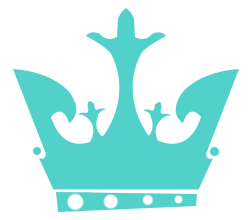7 Best Figure Drawing Books You NEED to Read in 2024
Disclosure: This article may contain affiliate links. That means if you buy something we get a small commission at no extra cost to you.
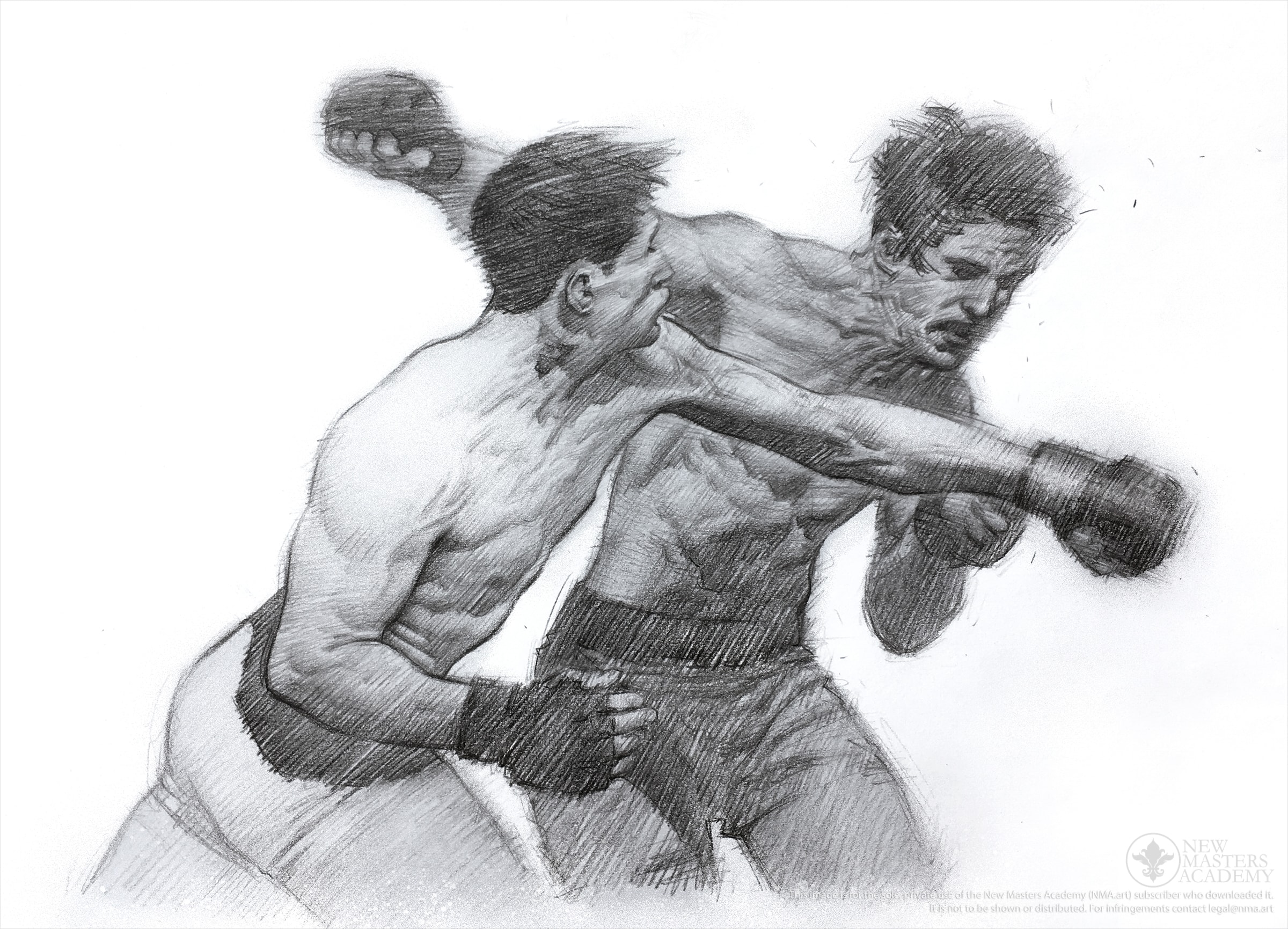
Figure drawing is hard. Everyone agrees on that.
Generally, it takes years of hard work and constant repetition to get any good at it.
However, figure drawing is vitally important. Not only for fine artists or for draftsmanship but also for character designers, concept designers, 3d modellers, visual development artists and more.
Figure drawing is a prerequisite for anyone hoping to enter the entertainment industry.
So, you can’t really avoid it. You just have to learn it.
Learning The Human Body
But learning to draw the human body is SUPER complex.
You have to know the anatomy of the body, how each muscle looks in different views, and how the muscles interact while stretching and compressing.
And if that isn’t enough, you must know how the body looks from different angles. Whether it be in a bird’s eye view or a wide angle.
So it takes a LOT of time to learn the basics, even when you just want to omit all this and just start drawing.
Can You Omit Learning The Human Body?
Well, I’m here to say that you can omit it and start drawing immediately if you want.
BUT, if you have any hopes of breaking into the industry, there’s no way around it. You just have to sit down and master the fundamentals.
However, it doesn’t have to be a time-sucking, bored-out-of-your-mind activity. It can get much easier with the help of professional artists who have undergone the same process.
Not only have they done this before, they know exactly how to simplify the process for you so that you can master it faster as well.
Figure Drawing Books
Many of them have written some fantastic books on figure drawing.
But how to choose one out of them?
There are MANY books on this subject. And all of them are meant for artists of varying levels. It can be hard to choose the one that’s best suited to you.
The last thing you want is something above your skill level. You would never understand anything that’s going on.
But, not to worry.
I have personally read and reviewed all the books on this list.
You can read through the reviews and then choose the one that is the best for you right now.
However, there is one prerequisite.
You MUST keep an open and curious mind. Accept their teachings and apply them. Don’t just read the book and then never open it again. You definitely won’t grow that way.
The only way to get better is to draw a LOT.
So, keeping that in mind, let’s get straight to it.
The BEST Figure Drawing Books In 2024
Best Overall
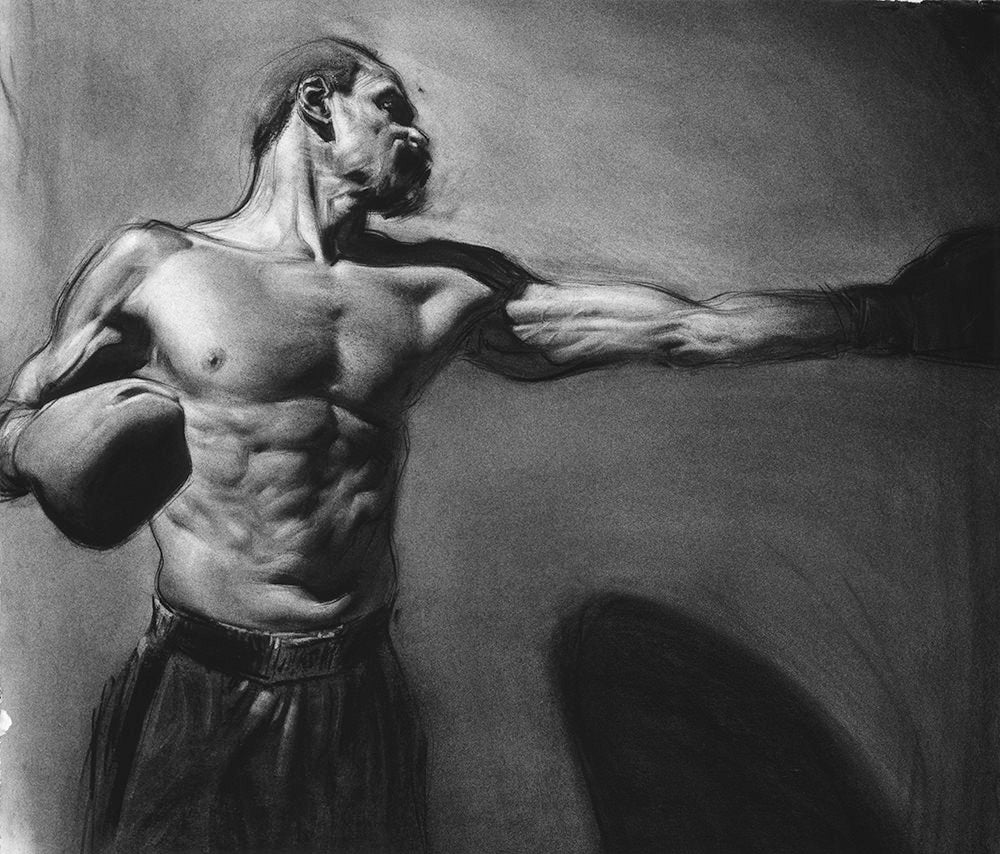
Figure Drawing For Artists: Making Every Mark Count
Steve Huston is a renowned artist who has taught at major companies such as Disney, Warner Brothers, Blizzard Entertainment and even Art Center College in Pasadena.
So, he DEFINITELY knows what he’s talking about.
Figure Drawing For Artists is an amazing book that is full of incredible advice intended just for beginners.
Steve Huston takes you through the whole process of building the human body, one step at a time.
He breaks up the body into simple forms and really focuses on structure.
BONUS: Throughout the book, you will see old master studies at the end of every chapter. This is a really good practice as old master studies help you analyze the line economy, the shapes and the rhythm of the figure.
This will help you get better much faster.
He also has explanations on how to identify the figure’s perspective and how to draw it, which is a topic most beginners struggle with.
His book has a lot of all the foundations needed for beginners to understand.
He also gives a step-by-step approach to simplifying the body and doesn’t go into tedious detail about the anatomy of the body.
He focuses solely on what’s really important to grasp, and he’s pulled it off fabulously.
REVIEW: This book is PERFECT for anyone starting out with figure drawing and has all the foundations you would need.
Best For Life Drawing

Life Drawing For Artists By Chris Legaspi
If you’re a complete beginner, and by complete beginner, I mean that you don’t even know which materials to choose, this book would be great for you.
From learning how to sharpen your pencils to holding your pencil, Chris Legaspi covers a wide array of topics, all needed for a perfect life drawing session.
He also has a section that provides a guideline on what you MUST accomplish during life drawing, depending on the session length.
But he also covers all the fundamental topics that you would need when you’re new to life drawing.
Also he explains the concepts simply as well. This way, you wouldn’t be overwhelmed with complex topics immediately and would slowly ease into the world of life drawing.
Chris Legaspi also provides a LOT of examples of his drawing process that will really leave you with no room for confusion.
In fact, the book is so easy to understand that you’ll be able to start drawing it accurately within a few hours of practice.
REVIEW: This book is excellent for beginners looking to join a life drawing class or hoping to get better at life drawing.
Best For Drawing People From Life
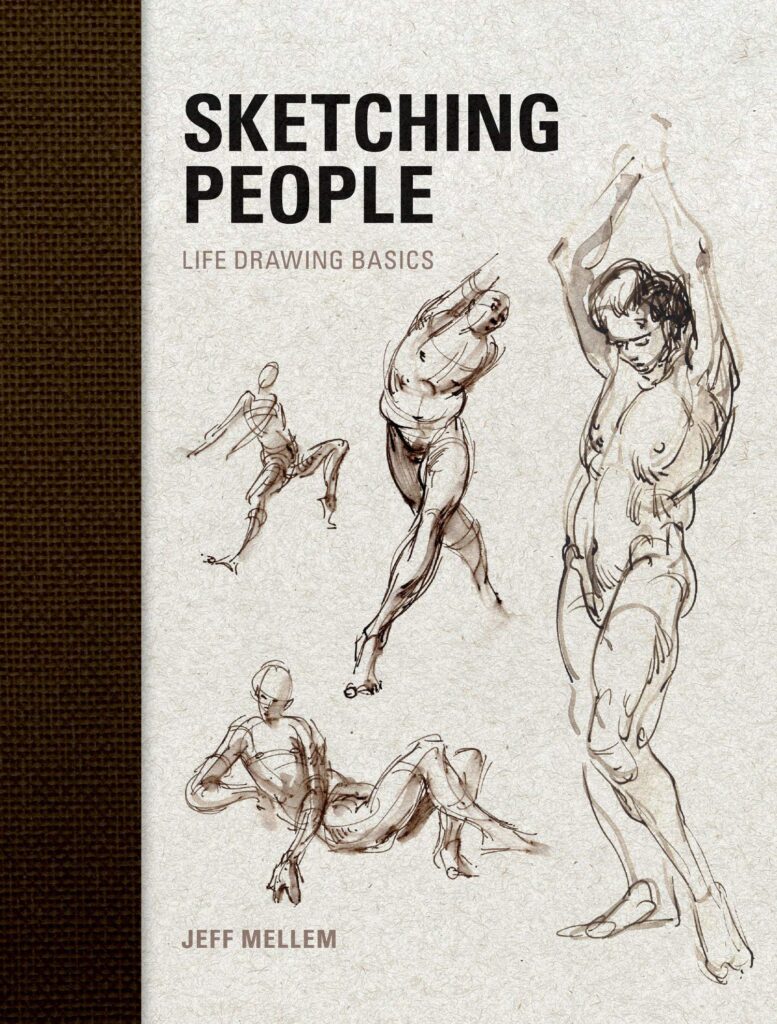
Sketching People- Life Drawing Basics
Now, you can’t always find people posing in the same position for a long time. People tend to move and change their positions frequently.
It’s not like a studio, where the models will pose perfectly still for you to capture their likeness.
No, you have to learn to draw people from life as well.
Also, many people don’t even have access to live drawing studios. They may live in a country where those classes may be scarce.
Sketching People is a practical and concise guide for anyone who hopes to learn to draw from life.
It will teach you how to indicate form while drawing quickly and covers all the fundamentals in brief.
What I liked about this book is that it even has a section on drapery.
Everyone obviously wears clothes, and this is an absolute necessity to know while drawing from life.
The book introduces the different types of folds you would see in life. It also has a guide to make the clothing match the gesture so as not to lose the rhythm of the body.
There’s also a short chapter on expressions, body language, staging, and camera lens.
However, this book is relatively short and is not enough to sustain your figure drawing journey, so I recommend you pair it with some of the other books on this list.
REVIEW: Suitable for anyone hoping to start drawing from life and would be an excellent companion to any other book on this list.
Best For Intermediate Artists
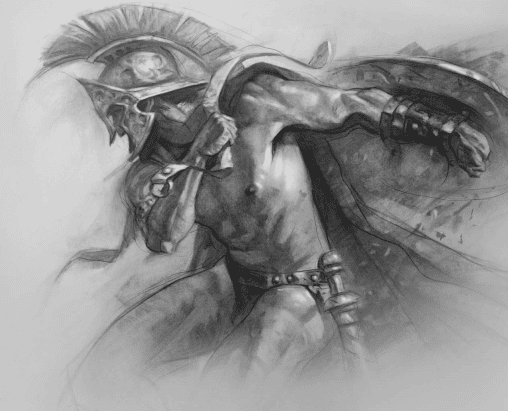
The Anatomy Of Style
Filled to the brim with beautiful drawings, The Anatomy Of Style provides a thorough list of ways to improve your figure drawings.
Patrick J Jones shares his styling tips throughout the book, which give you a great insight into his drawing processes.
He attempts to take you through several of his drawings and has a few step-by-step examples of his rendering process.
However, he doesn’t explain the fundamentals of drawing but builds upon them.
Beginners will find this book quite hard to digest as several complex anatomical terms that require prior knowledge are sprinkled throughout the book.
Therefore, artists with some anatomical knowledge and experience in gesture drawings can benefit significantly from this book.
This book would help artists who want to refine and fine-line their drawing process and those who want an insight into how Patrick Jones created so many unique drawings. He also explains which materials he uses for every drawing in the book!
So, while this book would prove a great resource to intermediate artists, I think beginners should avoid buying it until they’ve got their basics down.
REVIEW: This would be a lovely addition to any intermediate artist’s library, providing a wealth of insights and inspiration.
Best For Constructing The Figure
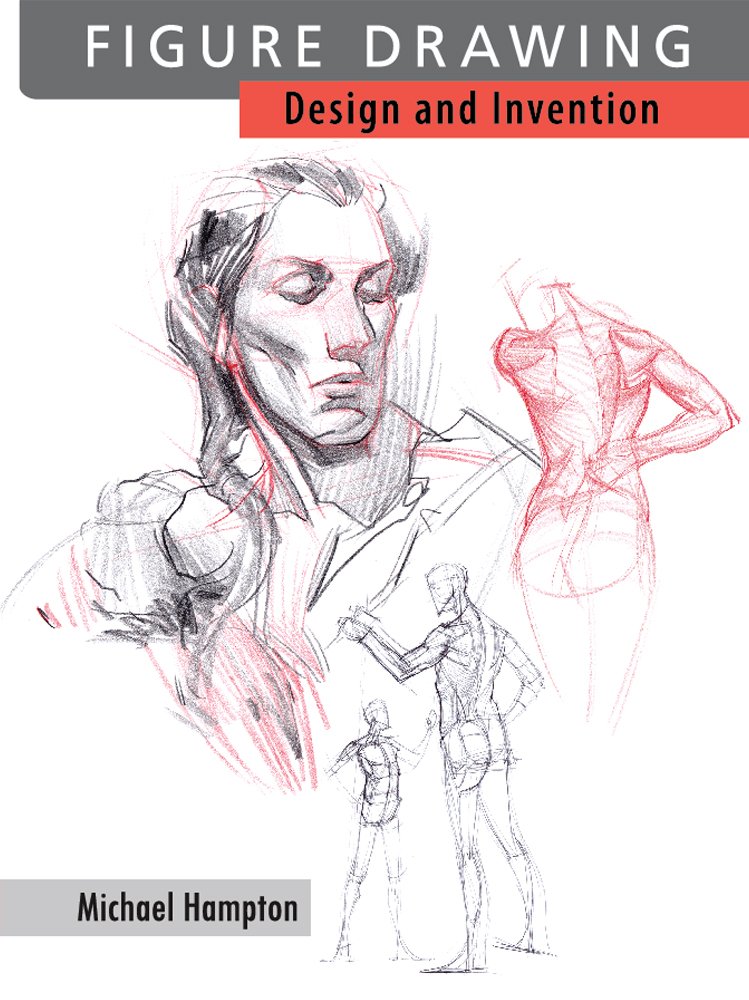
Figure Drawing: Design And Invention
Figure Drawing: Design and Invention by Michael Hampton is an AMAZING book for anyone who wants to construct the figure with simplified anatomy.
The book is filled with easy-to-understand diagrams that will help you pick up on everything that he teaches really fast.
In terms of presentation and simplicity, this book is one of the best on this list.
Michael Hampton really goes through the entire process of understanding required to build the figure, starting from the gesture and going through the landmarks, structure, and even anatomy.
He not only explains the figure but also goes into detail about building the head.
My favorite part of the book is how he simplifies the anatomy. Even a complete newbie would get the hang of it. I’m serious!
He tells you to remember each muscle’s simple shape and how to easily remember it. Michael Hampton also doesn’t forget to show the muscle in different angles.
He doesn’t go into great detail about the anatomy but gives you some SOLID basics, and that’s really more than enough for people just starting out.
This book gets a massive recommendation from me for its simplicity, conciseness and easy-to-understand aspects.
REVIEW: This book would be a GREAT addition to anyone’s library, and beginners would greatly benefit from it.
Best For Gesture Drawing
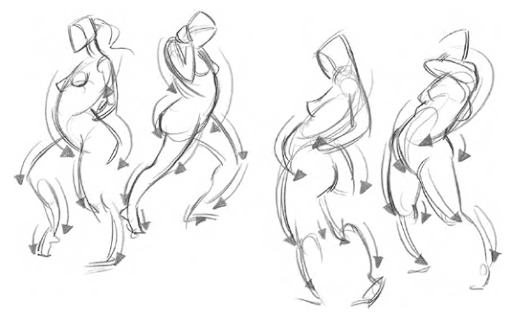
Force: Dynamic Life Drawing For Animators
Michael Mattesi, the author of Force: Dynamic Life Drawing For Animators, created the FORCE drawing method.
He places a lot of importance on finding the FORCE of each pose to bring it to life. And I agree entirely with him.
Every one of his drawings is super dynamic, and they just bring the character to life. If you’re familiar with his work, you would know what I’m talking about.
TIP: The beginning of the book will be slightly hard to understand, but you should definitely watch his videos to clarify any confusion you may have. They will help you understand things way more clearly.
So, while there may be a learning curve, stick with it. Your drawings will REALLY improve, and you’ll start drawing with more intent.
While the book covers some perspective, it doesn’t really delve into the other fundamentals enough, so consider this book a guide to improving your gesture drawing and nothing else.
But, the material covering gesture drawing is stimulating and really interesting. It will really add more rhythm and dimensionality to your drawings.
It’s a brilliant read that will help you elevate your gesture drawings, but the ideas explained may be better understood by more intermediate artists.
Therefore, I recommend you get a bit more familiar with figure drawing before delving into this book.
REVIEW: There are some beautiful concepts in here that would benefit any artist looking to expand their drawings and create poses with solid intent and movement.
Best For Entertainment Artists

Figure Drawing For Concept Artists
Since this is a blog about concept art, I just had to include Figure Drawing For Concept Artists.
This book goes into great depth about how to prepare for life drawing. Kan Muftic gives a really good step-by-step approach to building a figure from a gesture drawing.
He uses the Reilly method and shows you exactly how to apply it to the figure as well as the head. There are several examples of this method throughout the book, so if you don’t understand it the first time, don’t panic. You’ll have plenty of opportunities to do so.
He also tells you precisely what you should focus on during each life drawing session and gives a LOT of his own life drawings as examples.
BONUS: He also has an entire photo reference gallery of a model posing at the end of the book. This is a really wonderful and valued resource included in this book.
However, this book is mainly intended for artists from the entertainment industry.
So, if you’ve lost touch with the traditional aspect of drawing and are too used to drawing digitally, this book will help you realize the value of life drawing.
REVIEW: This book is a great resource for anyone who has an interest in the Reilly method and wants to improve their figure drawings, which will ultimately help them in their digital drawing skills as well.
Conclusion
Reading to educate yourself on figure drawing is certainly one step forward in your art journey.
However, you should never forget that the only way to get better is to draw. A LOT.
Practice as much as you can and try applying the principles explained in the books mentioned above. Only by applying it will you see any improvement in your drawings.
So, keeping that in mind, I hope you will make the best out of whatever book you choose to purchase.
Other Figure Drawing Resources
While books will teach you a great deal of concepts and methods, some people prefer information in a video format.
Which is perfectly fine.
Figure drawing books are not the ONLY way to get better at drawing. There are many other resources available on the internet that will help you reach your goal.
I recommend Proko to all the beginners reading this article.
What is Proko?
Proko is a wonderful resource, and Stan Prokopenko, the owner of Proko, really teaches figure drawing in a memorable way.
His funny yet informative videos have captured the hearts of many artists, and I’m sure you’ll learn a great deal from him.
It takes a lot to actively start learning, no matter which book or course you choose.
So, congratulations for taking this first step. With time and patience ( a LOT of patience), you’ll definitely reach your goal!
So, all the best and happy learning!
